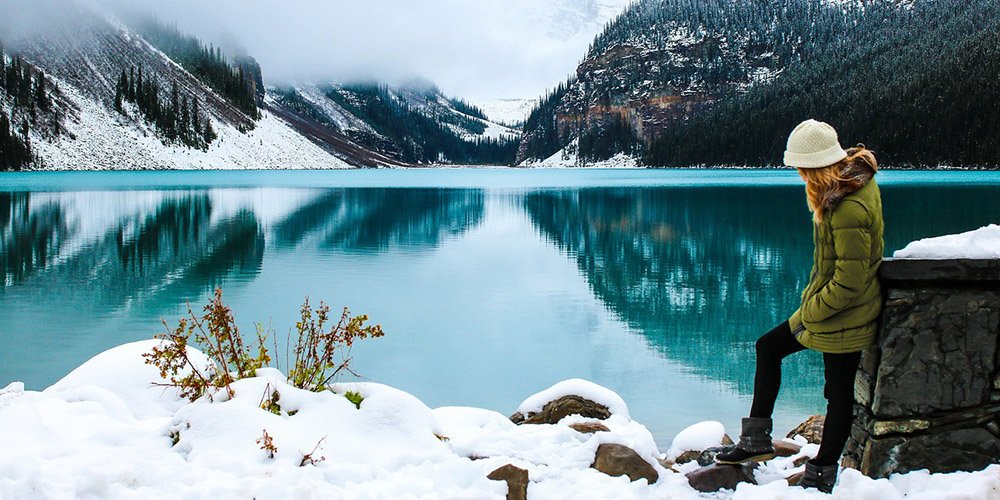What Are the Different Types of Hiking Jackets & How to Choose One?
A good hiking jacket is one of the most essential pieces of outdoor gear, providing protection, comfort, and adaptability to different weather conditions. Whether you’re hiking in the mountains, trekking through forests, or braving extreme cold, the right jacket can significantly enhance your experience. This guide will explore the different types of hiking jackets and provide useful tips to help you choose the best one for your needs.
Understanding the Layering System
Before selecting a hiking jacket, it’s crucial to understand the layering system. Proper layering helps you regulate body temperature, stay dry, and protect yourself from the elements. The system consists of three main layers:
- Base Layer – Wicks moisture away from the skin to keep you dry and comfortable.
- Mid Layer – Provides insulation by trapping body heat.
- Outer Layer (Shell) – Shields you from wind, rain, and snow.
A good hiking jacket typically falls into either the mid-layer or outer-layer category. Choosing the right one depends on the conditions you expect to encounter and the intensity of your activities.

Types of Hiking Jackets
Hardshell Jackets: Maximum Weather Protection
Hardshell jackets are designed for harsh weather conditions, offering the best protection against wind, rain, and snow. These jackets are typically made with waterproof and breathable materials like Gore-Tex or eVent, ensuring you stay dry while preventing sweat buildup.
Hardshells are ideal for long hikes in unpredictable weather or high-altitude trekking where exposure to wind and precipitation is common. However, they do not provide insulation, so they must be paired with a warm mid-layer in colder conditions.
Key Features:
- Fully waterproof and windproof.
- Breathable to reduce sweat buildup.
- Lightweight but durable.
- Ventilation zippers (pit zips) for better airflow.
Best For:
- High-altitude and alpine hiking.
- Wet and windy environments.
- Multi-day treks with unpredictable weather.
Softshell Jackets: Flexibility and Breathability
Softshell jackets offer a balance between protection and breathability. Unlike hardshells, they are not fully waterproof but provide excellent wind resistance and water resistance, making them ideal for dry, cool conditions.
Softshells are known for their flexibility, making them a great choice for activities that require a lot of movement, such as scrambling or climbing. They are comfortable to wear all day and often include a fleece lining for added warmth.
Key Features:
- Water-resistant but not waterproof.
- Wind-resistant and highly breathable.
- Flexible and comfortable for movement.
- Lightweight and easy to pack.
Best For:
- Dry, cool conditions.
- High-movement activities.
- Use as a mid-layer under a hardshell.

Insulated Jackets: Warmth for Cold Conditions
For hiking in cold temperatures, an insulated jacket is a must. These jackets use either down insulation or synthetic insulation to trap heat and keep you warm.
Down Jackets are incredibly lightweight and compressible, offering the best warmth-to-weight ratio. However, they lose insulation efficiency when wet, making them better suited for dry conditions.
Synthetic Insulated Jackets retain warmth even when damp and dry faster than down, making them a more reliable choice for wet environments.
Key Features:
- Provides excellent warmth.
- Down jackets are lightweight and compressible.
- Synthetic jackets perform better in wet conditions.
- Can be worn as a standalone layer or under a hardshell.
Best For:
- Winter hiking and cold-weather camping.
- Layering in freezing temperatures.
- High-altitude adventures.
Pro Tip: If you’re expecting mixed conditions, consider a synthetic-insulated jacket for versatility.
Fleece Jackets: Lightweight and Versatile Mid-Layer
Fleece jackets are a great option for lightweight insulation. They are breathable, quick-drying, and work well as a mid-layer in a layering system. While they do not provide wind or water resistance, they are excellent for keeping warm in dry conditions.
Fleece comes in different thicknesses—lightweight, midweight, and heavyweight—depending on the level of warmth you need.
Key Features:
- Soft, breathable, and moisture-wicking.
- Dries quickly and maintains warmth.
- Works best as a mid-layer under a shell.
Best For:
- Mild to cool temperatures.
- Dry-weather hiking.
- Use as a layering piece.

Rain Jackets: Emergency Waterproof Protection
Rain jackets are designed to be lightweight, waterproof, and easily packable. Unlike hardshells, they are not built for extreme conditions but are excellent for unexpected downpours during warm-weather hikes.
Key Features:
- Fully waterproof but less durable than hardshells.
- Lightweight and easy to carry.
- Not very breathable—best for short-term use.
Best For:
- Light rain protection.
- Warm-weather hiking.
- Emergency use.
How to Choose the Best Hiking Jacket
Consider the Climate and Weather Conditions
The first step in choosing a hiking jacket is assessing the conditions you will be hiking in. If you expect heavy rain or snow, a waterproof hardshell is necessary. For dry but cold conditions, an insulated jacket may be a better choice.
Match Your Activity Level
If you engage in high-intensity hiking or climbing, breathability is key. Softshells or fleece jackets work well for active movement, while hardshells are best for harsh weather protection.
Material and Durability
Look for durable, high-quality materials that balance protection with weight. If you hike frequently, investing in a premium waterproof jacket with reinforced seams and tough fabrics will provide long-term reliability.
Fit and Comfort
Your jacket should fit comfortably over your base and mid-layers without restricting movement. Try it on with your hiking attire to ensure a good range of motion, especially in the arms and shoulders.
Weight and Packability
If you’re planning long-distance or multi-day hikes, a lightweight, packable jacket is ideal. Down jackets and rain jackets tend to be the most compressible, making them easy to carry.
Additional Features to Look For
- Adjustable hoods and cuffs to seal out the elements.
- Ventilation zippers for improved airflow.
- Plenty of pockets for storing essentials like maps, snacks, or gloves.
Conclusion
Choosing the right hiking jacket depends on a combination of factors, including weather conditions, activity level, and personal preferences. Hardshells offer the best weather protection, softshells provide flexibility, insulated jackets keep you warm, and rain jackets serve as emergency protection. Understanding how these jackets fit into the layering system will help you make the best choice for your next adventure. Investing in the right hiking jacket ensures you stay comfortable, dry, and protected, no matter where your journey takes you. Happy hiking!








